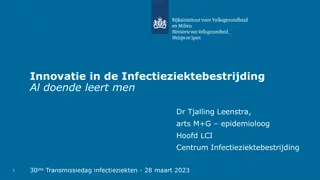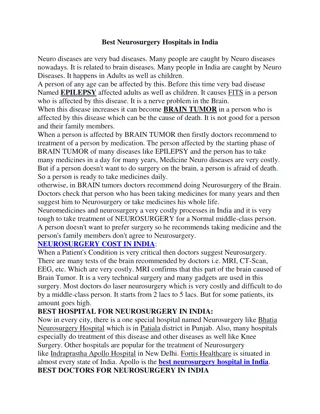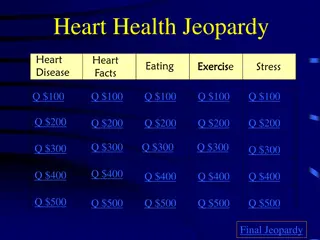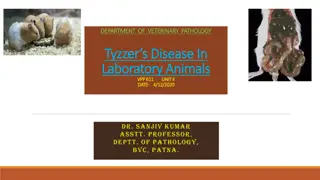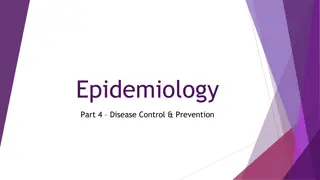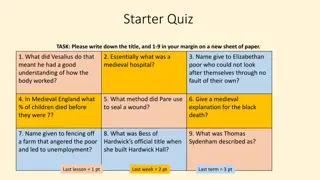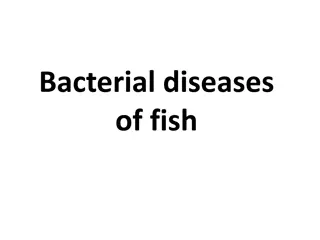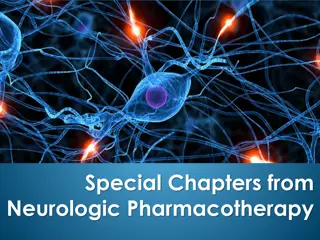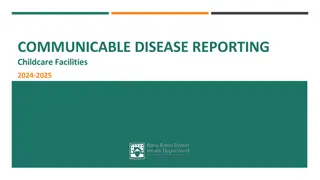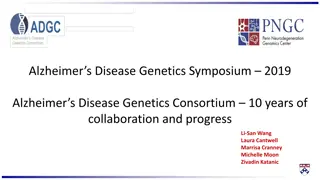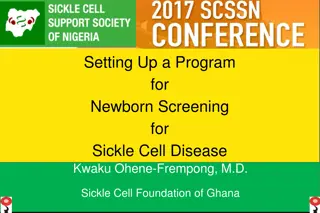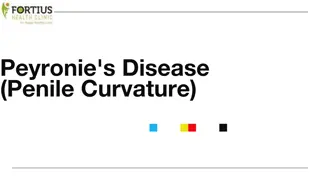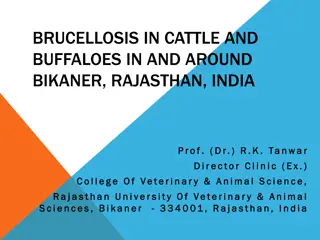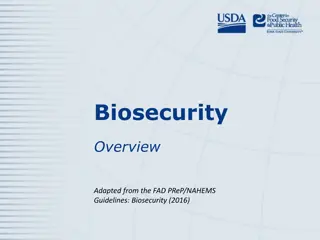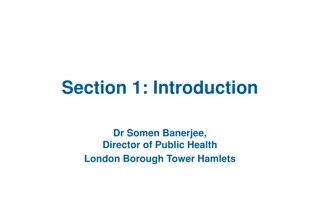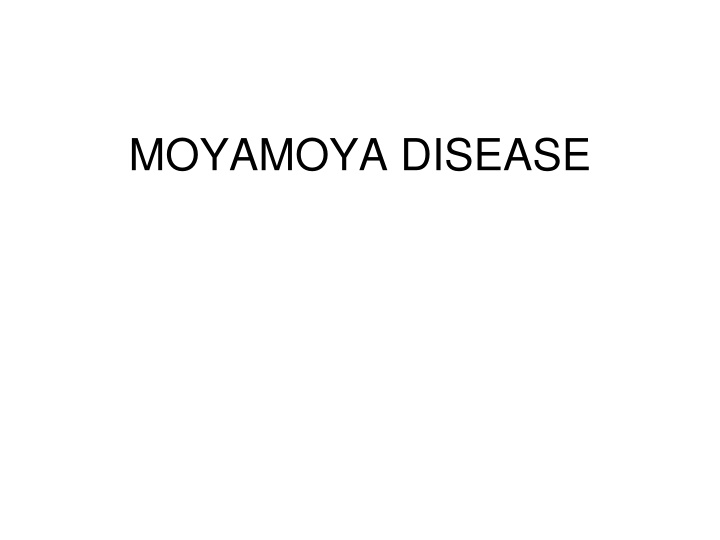
Moyamoya Disease: Symptoms, Epidemiology, and More
Moyamoya disease is a chronic cerebrovascular condition characterized by arterial occlusion around the Circle of Willis, leading to ischemic and hemorrhagic symptoms. Originating in Japan, it has a higher incidence in Eastern countries with genetic and environmental factors playing a role in its etiology. Associated conditions include autoimmune diseases, infections, and congenital syndromes. Explore the pathophysiology and diagnostic findings of Moyamoya disease for better understanding and management.
Download Presentation

Please find below an Image/Link to download the presentation.
The content on the website is provided AS IS for your information and personal use only. It may not be sold, licensed, or shared on other websites without obtaining consent from the author. If you encounter any issues during the download, it is possible that the publisher has removed the file from their server.
You are allowed to download the files provided on this website for personal or commercial use, subject to the condition that they are used lawfully. All files are the property of their respective owners.
The content on the website is provided AS IS for your information and personal use only. It may not be sold, licensed, or shared on other websites without obtaining consent from the author.
E N D
Presentation Transcript
Introduction A chronic occlusive cerebro-vascular disease affecting arteries around the circle of Willis & formation of extensive collaterals at the base of the brain Presents with ischemic and hemorrhagic symptoms Characteristic angiographic finding
History First described in Japan- Takeuchi & Shimizu (1957) Spontaneous occlusion of the circle of Willis - Kudo (1968) Moyamoya means puff of smoke Coined by Suzuki and Takaku in 1969
Epidemiology Highest incidence in Japan (0.35/ lakh) Incidence in Western countries- 1/10thof Japan F:M= 2:1 Bimodal age distribution: larger peak in 1st decade & smaller peak around 30-49years 10-15% have familial form
Etiology Multifactorial: genetic predisposition and environmental stimuli Genetic loci: chromosome 3, 6, 8 & 17
Associated conditions Immunologic: Grave s disease/ thyrotoxicosis Infections: Leptospirosis and tuberculosis Hematologic disorders: Aplastic anemia, Fanconi anemia, sickle cell anemia, and lupus anticoagulant
Associated conditions 2 Congenital syndromes: Apert syndrome, Down syndrome, Marfan syndrome, tuberous sclerosis, Turner syndrome, NF-1& Hirschsprung disease Vascular diseases: Atherosclerosis, coarctation of aorta, fibromuscular dysplasia & hypertension
Associated conditions 3 Others: Head injury, Head neck irradiation for optic glioma, pituitary tumor, craniopharyngioma. These are not causative, but warrant consideration during treatment.
Patho-physiology 1 Smooth muscle hyperplasia of vessel wall & luminal thrombosis Fibro cellular thickening of intima, Attenuation of media Disruption of internal elastic lamina No evidence of inflammation or arteriosclerosis
Patho-physiology 2 Site: supra-clinoidal ICA, ACA & MCA Rare involvement of PCA & BA Extra-cranial involvement: STA Role of pleuripotent peptides, enzymes & receptors: primary or secondary
Clinical features Symptoms Ischemic Hemorrhagic
Pediatric population Ischemic symptoms: 70-80% cases Stroke or TIA: 6% of childhood strokes Occurs in watershed areas Precipitating factors: Hyperventilation Dehydration
Pediatric population 2 Features: Hemi paresis Speech disturbance Cognitive impairment Seizure Subtle deficits: developmental delay, syncope, personality changes, visual disturbance
Pediatric population 3 Hemorrhage: IVH, intraparenchymal or subarachnoid Headache Choreiform movements
Adult population Hemorrhage: 66% cases Intra or periventricular bleeding Annual rebleeding rate 7% High morbidity & mortality Sources: Fragile collateral vessels Micro aneurysms in the circle of Willis Periventricular pseudo aneurysms Saccular aneurysms in vertebro-basilar system
Adult population Ischemic symptoms predominate in Western world Low morbidity and mortality Pregnancy and delivery increase the risk
Imaging Angiography: Gold standard MRI & MRA: steno-occlusive carotid lesion and basal Moyamoya Plain CT: helps in acute stage Cerebral blood flow studies: xenon enhanced CT, PET, SPECT
Angiography Suzuki & Takaku staging: Stage 1: Narrowing of carotid fork Stage 2: Initiation of Moyamoya
Angiography 2 Stage 3: Intensification of Moyamoya Stage 4: Minimization of Moyamoya
Angiography 3 Stage 5: Reduction of Moyamoya Stage 6: Disappearance of Moyamoya
Angiography 2 Types: Basal Moyamoya Ethmoidal Moyamoya Vault Moyamoya
Management No definite treatment available Medical treatment: not effective Aspirin Anticoagulants Calcium channel blockers Steroids
Surgical management Aim: Augment cerebral blood flow Improve cerebral hemodynamics Methods: Direct revascularization Indirect revascularization Combined
Surgical management 2 Criteria for revascularization: 1. Symptomatic patients with good neurological status 2. Infarction <2cm on CT & all previous hemorrhages resolved completely 3. Angiographic stage II to IV 4. Timing: > 2 months after the most recent attack
Direct revascularization Indicated when donor & recipient vessel diameter >1mm Immediate selective perfusion of ischemic area Chance of hyper perfusion syndrome Usually done in adults
Direct revascularization 2 STA-MCA bypass- Donaghy & Yasargil (1967) STA-ACA bypass STA- PCA bypass
Indirect revascularization Aimed at stimulating neovascularization Extent of revascularization unpredictable Useful in pediatric population
Indirect revascularization 2 Encephalomyosynangiosis (EMS): implantation of temporalis muscle on lateral brain surface and secured to dura Encephaloduroarteriosynangiosis (EDAS): dissected STA is laid onto the cortical surface
Indirect revascularization 3 Ribbon EDAS: pedicle of galea inserted into interhemispheric fissure Autogenic omentum transplantation as free graft
Peri-operative care Adequate hydration Normo-capnia Analgesia Normo-thermia
Follow-up Clinical evaluation & angiography after 6 months Angiography after 1 year MRA annually from second year
Assessment of revascularization Qualitative: Matushima grading on DSA- Grade-A: good revascularization- >2/3rdof MCA territory Grade-B: fair- 1/3 to 2/3rdof MCA territory Grade-C: poor- slight or no collateral formation
Assessment of revascularization2 Qualitative: Doppler grading after EMS: Grade 1: no vessel formation Grade 2: 1-4 vessel formation Grade 3: >4 vessel formation
Assessment of revascularization3 Quantitative: Study published in Neurosurgery in March 2012 Quantitative assessment of RV on DSA Revascularization of MCA territory against supratentorial area of the ipsilateral hemisphere Best result following combined procedure
Prognosis Benign course in 75-80% Rebleeding occurs in 30-65% Revascularization reduces rebleeding & TIAs Unilateral disease progresses to bilateral involvement in 7-27%
Future prospects Role of endothelial progenitor cells Role of cytokines and growth factors Quantitative assessment of RV
AIIMS data Ten-year experience of 44 patients with Moyamoya disease from a single institution Published in Journal of Clinical Neurosciences in April 2010 Adult population predominates: 59% vs. 41% Hemorrhagic symptoms more common: 68% vs. 32%
AIIMS data 2 Revascularization done in 11 patients: 9 indirect & 2 combined No new episode in revascularized patients In conservatively managed 19 patients 7 developed new episodes In hospital mortality: 3 patients with hemorrhagic symptoms died
Conclusion The unpredictable and relentless course of the MMD, coupled with irreversible nature of deficits once present dictates a need for early diagnosis, prompt treatment and regular follow-up

